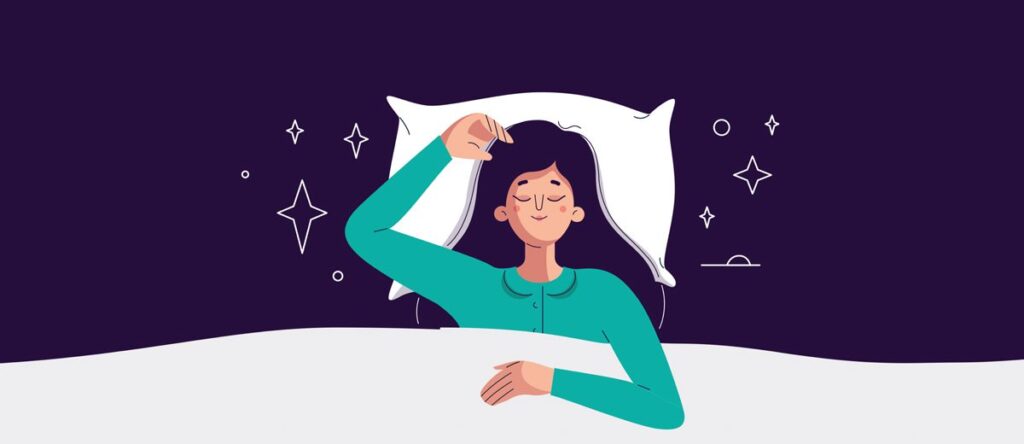By Adam and Larry Mogelonsky
With sleep science reaching the mainstream over the past few years, numerous hotel brands have unveiled new sleep programs to win over travellers looking for accommodations that’ll help them get a full night’s rest while abroad.
The rise of sleep tourism isn’t limited to only luxury hotels that have the capital to devote to noise-dampening materials, air-purification systems or bedding systems with built-in temperature and moisture controls. Rather, any brand can build a strategic plan for deploying affordable sleep enhancements to their rooms and their onsite services.
It has only been a decade or so that society has started to approach sleep not just as an unconscious and unnecessary aspect of life but as perhaps the most vital period of the 24-hour cycle. Sleep architecture describes the controlling operator in the brain that determines the daily rhythm of when you feel tired, when you should wake up, when you should extend the duration of sleep and how to allocate the time you’re asleep to REM and non-REM.
Once you understand that the architecture of sleep is all about maintaining a rhythm and the allocation of limited resources, you can begin to design sleep programming for your hotel that’s highly personalized, customizable and more effective. Here are some ideas for programming through the lens of sleep architecture.
1. Melatonin supplementation. Several hotels are now including melatonin-based beverages, low-dose pills or powder additives as part of the mini-bar or in the sundry. The issue with this supplement is timing; take it too late and in too high a dose and you’ll likely wake up groggy, especially if your sleep rhythm hasn’t adjusted to a new time zone.
2. Circadian lighting equipment. It’s becoming common knowledge that we should all limit blue light and stick with amber-red wavelengths at night to get a good night’s sleep. Sleep architecture tells us that you have a bodily clock that’s sensitive to blue light. A few hotels are keen to meet this need, upgrading their lighting systems with non-overhead, dimmed evening lights as well as ones that can adjust into the red spectrum to set the mood for sleep. A far cheaper amenity is to offer blue light-blocking glasses.
3. Bedding customization. Sleep interruptions can negatively affect bodily repair and REM cycling. A host of new-age suppliers ready to help solve these issues. To that end, there are mattresses with built-in temperature controls being deployed at luxury hotels; pillow concierge services where guests can sample different firmness levels; and smart thermostats that can better help keep the ambient temperature at the scientifically preferred 19C. Additionally, many hotels are offering breathable linens as well as materials that don’t emit volatile organic compounds (VOCs) and more effective HVACs. Combine these features with sleep tracking wearables and your guests can see the overnight benefit to their health in terms of improved sleep-quality scores.
4. Food menus. The method for getting the best possible sleep is the 3-2-1: no food three hours from sleep, no water two hours out and no screens one hour out. By doing this, it means that your blood is never being re-directed to your digestive tract to absorb food and can squarely focus on repairing the body during slow-wave sleep. Given these rhythmic challenges, hotels can best serve varying guest needs by designing sleep-friendly food menus comprised of light, nutrient-dense and easily digestible snacks.
Larry and Adam Mogelonsky are partners of Hotel Mogel Consulting Limited. You can reach Larry at larry@hotelmogel.com or Adam at adam@hotelmogel.com
The post Sleep architecture is the Central Concept for Sleep Tourism Revenues appeared first on Hotelier Magazine.
